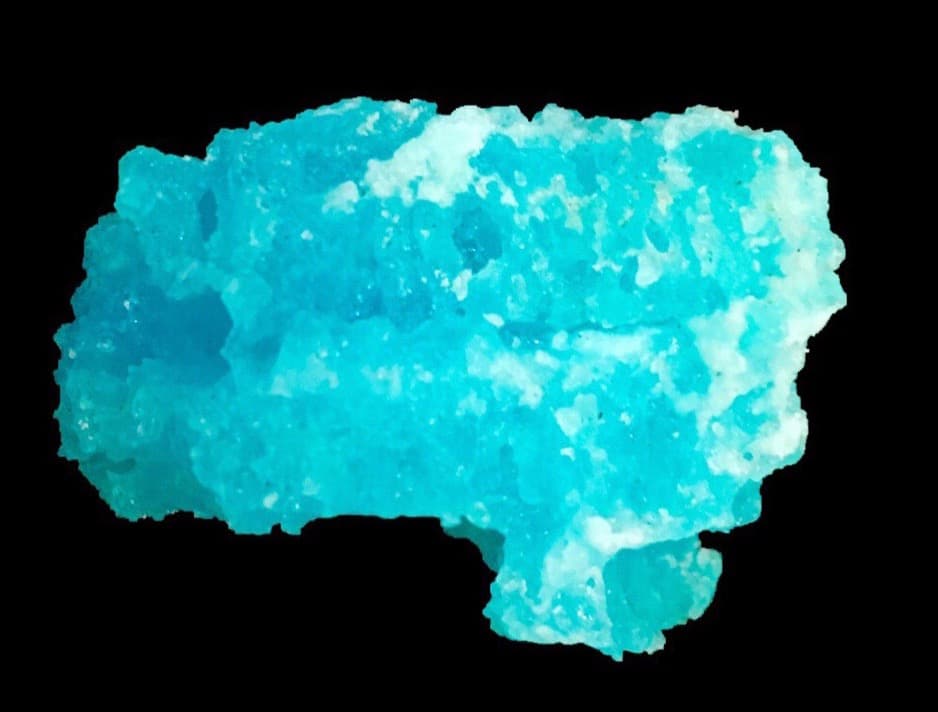Halide minerals contain the halide anion, a chemical compound consisting of a halogen atom, and at least one other element. Five alkali metals create a halogen atom, including astatine, bromine, chlorine, fluorine, and iodine.
The chemical composition of halide minerals varies considerably but always contains derivatives of halogen acids as a component in the chemical formula. This occurs primarily as salts of halogen acids. The two most common halides are Halite, commonly referred to as "rock salt" (NaCl) and Fluorite, (CaF2 ).
Most complex halides, (besides simple halides such as halite, sal ammoniac, and fluorite) are rare and occur in a few localities. Most halides are formed by hydrologic processes acting upon existing minerals. Other more common halides, such as halite, are products of the evaporation of brine. The Trona brine ponds ↗ in Eastern California are an example of a halite locality.
Although the physical properties of halides deviate, most halides are soluble in water and can disintegrate in humid environments (ie. Salammoniac).
Halides with economic importance include Halite, a source of sodium chloride, or table salt, and fluorite, a source of the household chemical fluoride used in toothpaste.
Examples
Simple Halides
- Halite
- Sylvite
- Salammoniac
- Fluorite
- Marshite
Complex Halides
- Atacamite
- Botallackite
- Paratacamite
- Boleite
